Sumerian Stele Of The Vultures: Oldest Known Historical Records Carved On Limestone
A. Sutherland - AncientPages.com - The Stele of the Vultures is the Sumerian historical and literary work dated to the Early Dynastic III period (2600–2350 BC).
Also known as Eannatum’s Stele of Vultures, the artifact is fragmentary but it was once carved out of a single slab of limestone. The stele was commissioned by Eannatum, a powerful Sumerian ruler of Lagash around 2460 BC.
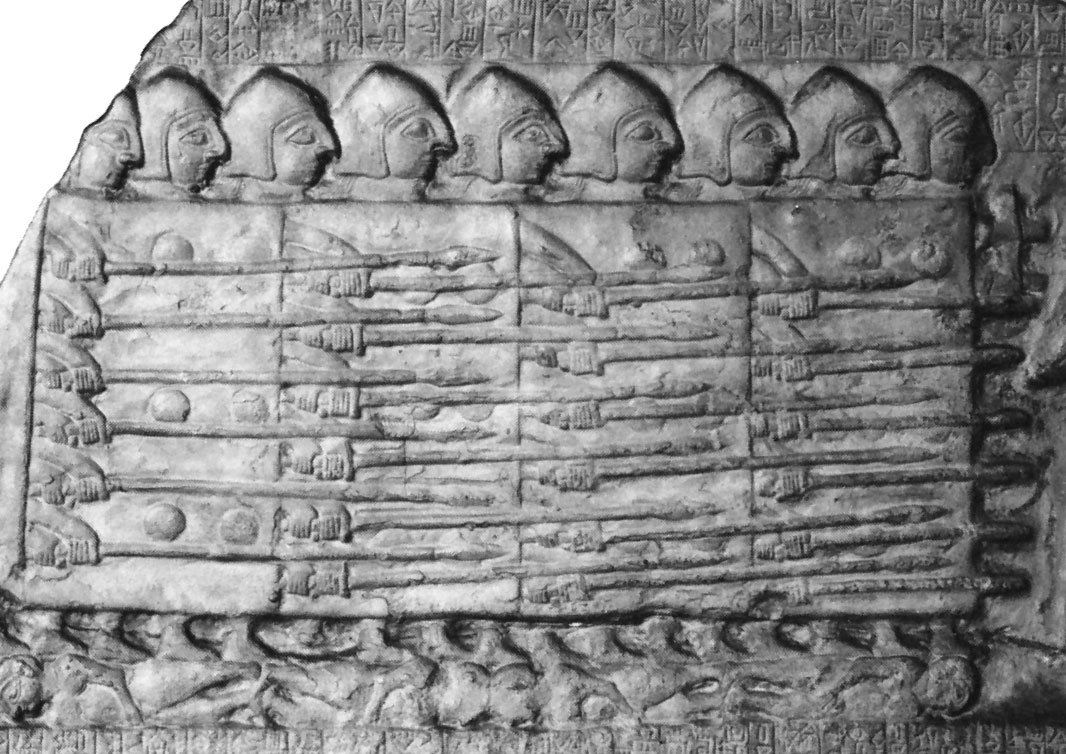
Sumerian phalanx, c. 2500 BC. A block of foot soldiers, standing shield-to-shield and presenting spears, advances in a dense mass typical of the phalanx. From the Stele of the Vultures, limestone bas-relief, c. 2500 BC. In the Louvre, Paris.Giraudon/Art Resource, New York. Image via Britannica
The king of Lagash, Eannatum, conquered all of Sumer and established one of the first verifiable empires in history. Eannatum even expanded his enormous influence beyond the boundaries of Sumer and during his reign, many palaces and formidable temples were built, especially in the city of Lagash.
It contains only seven pieces; the first three fragments were unearthed during excavations in the early 1880s by the French archaeologist Ernest de Sarzec (1832–1901) credited with the discovery of the civilization of ancient Sumer.
The place of the discovery is the mound of Tello (ancient Girsu) in what is today southern Iraq.
The excavations of 1888–1889, revealed another three fragments and finally, the last fragment was also discovered and later determined to be part of the Stele of the Vultures, the oldest known historical document.
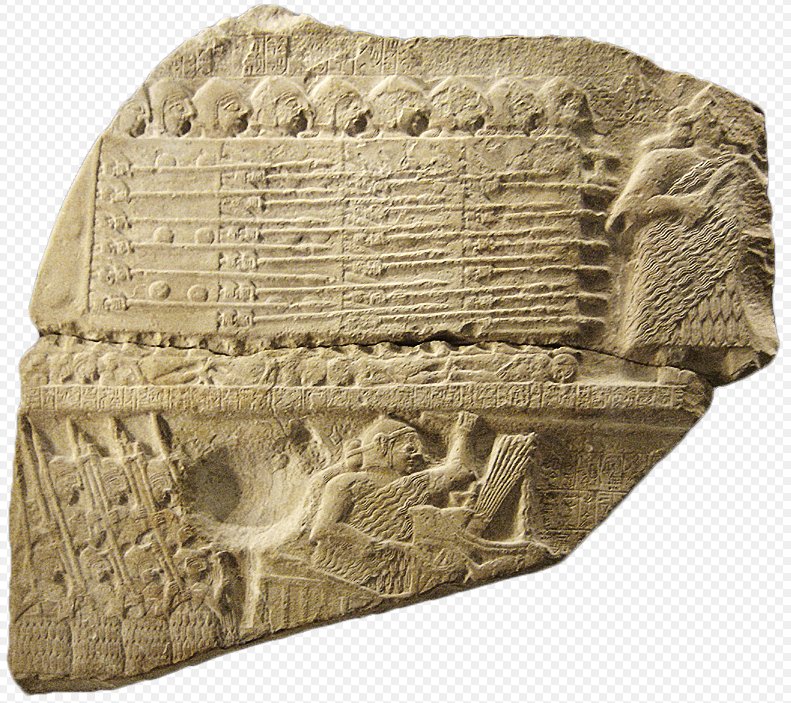
One fragment of the victory stele of the king Eannatum of Lagash over Umma, Sumerian archaic dynasties. Image credit: Sting - CC BY-SA 3.0
The Stele of the Vultures commemorates a victory of the city-state of Lagash over its neighboring city of Umma and depicts several religious, mythological, and historical scenes, and battles; the artwork was created during the time when the Sumerian artists commemorated important military victories, are celebrated on stone monuments.
The stele’s name relates to the vultures depicted in one of these scenes. The vultures are depicted with severed human heads in their beaks and a fragment of cuneiform script.
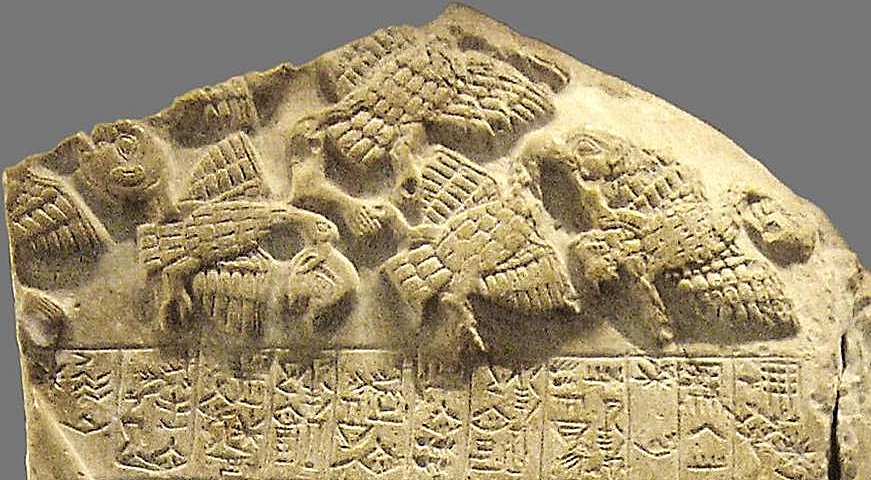
A fragment of the Stele of the Vultures showing vultures with severed human heads in their beaks and a fragment of cuneiform script. Image credit: Sting - CC BY-SA 3.0
The only seven fragments are known today and they are on display in the Louvre.
As reconstructed, the complete monument – decorated with carved reliefs on both sides - was probably 1.80 meters (5 ft 11 in) high, 1.30 meters (4 ft 3 in) wide, and 0.11 meters (4.3 in) thick and had a rounded top.
A very similar monument is the Victory Stele of Naram-Sin, created during the Akkadian period that followed on the Early Dynastic III period.
Unfortunately, the inscriptions on the Stele of the Vultures - written in the Sumerian cuneiform script - are not well-preserved and much of Sumer’s historical data is missing.
Written by – A. Sutherland - AncientPages.com Senior Staff Writer
Copyright © AncientPages.com All rights reserved. This material may not be published, broadcast, rewritten or redistributed in whole or part without the express written permission of AncientPages.com
More From Ancient Pages
-
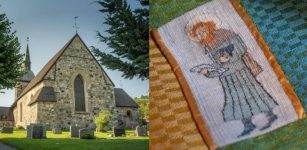 Saint Botvid – Viking Who Was Killed By A Slave He Granted Freedom
Featured Stories | Apr 10, 2023
Saint Botvid – Viking Who Was Killed By A Slave He Granted Freedom
Featured Stories | Apr 10, 2023 -
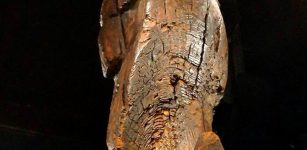 Siberian Shigir Idol With Seven Faces Is The World’s Oldest Wooden Sculpture
Archaeology | Sep 1, 2015
Siberian Shigir Idol With Seven Faces Is The World’s Oldest Wooden Sculpture
Archaeology | Sep 1, 2015 -
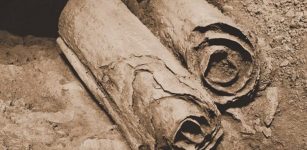 Qumran: The Dead Sea Scrolls And Their Connection To Enigmatic Essenes
Civilizations | Feb 20, 2016
Qumran: The Dead Sea Scrolls And Their Connection To Enigmatic Essenes
Civilizations | Feb 20, 2016 -
 Mystery Of Ancient Beehive Tombs Around The World
Featured Stories | Feb 28, 2016
Mystery Of Ancient Beehive Tombs Around The World
Featured Stories | Feb 28, 2016 -
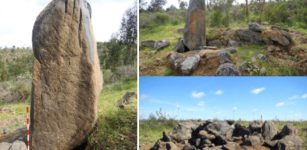 Mysterious Huge Megalithic Complex Of 500 Stones Discovered In Spain Could Be One Of The Largest In Europe
Archaeology | Aug 19, 2022
Mysterious Huge Megalithic Complex Of 500 Stones Discovered In Spain Could Be One Of The Largest In Europe
Archaeology | Aug 19, 2022 -
 Suprising Evolution Discovery – Human Temporal Lobes Are Not Very Large In Comparison With Other Primates
Archaeology | Mar 21, 2023
Suprising Evolution Discovery – Human Temporal Lobes Are Not Very Large In Comparison With Other Primates
Archaeology | Mar 21, 2023 -
 A 200-Year-Old Swedish Mystery Remains Unsolved
Featured Stories | Oct 7, 2015
A 200-Year-Old Swedish Mystery Remains Unsolved
Featured Stories | Oct 7, 2015 -
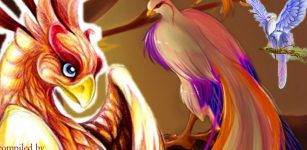 Mythical Beautiful Adarna Bird And Its Harmful Magical Power In Mythology Of Philippines
Myths & Legends | Jan 25, 2017
Mythical Beautiful Adarna Bird And Its Harmful Magical Power In Mythology Of Philippines
Myths & Legends | Jan 25, 2017 -
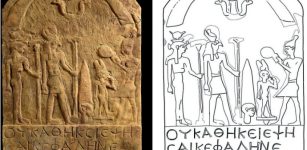 Shrine Discovered In Egyptian Temple And Evidence Of Previously Unknown Rituals
Archaeology | Oct 6, 2022
Shrine Discovered In Egyptian Temple And Evidence Of Previously Unknown Rituals
Archaeology | Oct 6, 2022 -
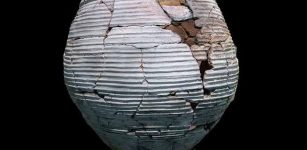 Unknown Purpose Of The Mysterious Huge Iron Age Ceramic Sharjah Jar Puzzles Scientists
Archaeology | Oct 7, 2022
Unknown Purpose Of The Mysterious Huge Iron Age Ceramic Sharjah Jar Puzzles Scientists
Archaeology | Oct 7, 2022 -
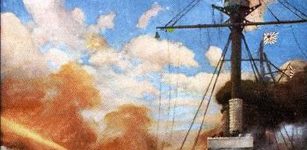 On This Day In History: Battle of Tsushima Was Fought – On May 27, 1905
News | May 27, 2016
On This Day In History: Battle of Tsushima Was Fought – On May 27, 1905
News | May 27, 2016 -
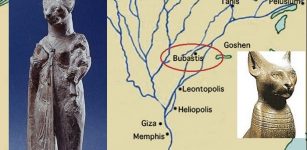 Bastet: Protector And Punisher – She Was Among The Most Majestic Egyptian Deities
Egyptian Mythology | Jun 21, 2019
Bastet: Protector And Punisher – She Was Among The Most Majestic Egyptian Deities
Egyptian Mythology | Jun 21, 2019 -
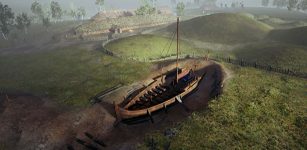 Archaeologists Reveal 12 Exciting Finds From The Gjellestad Viking Ship Dig
Archaeology | May 28, 2022
Archaeologists Reveal 12 Exciting Finds From The Gjellestad Viking Ship Dig
Archaeology | May 28, 2022 -
 Valkyries Sigrdriva And Brynhildr: Brave Warriors Who Were Punished By God Odin In Norse And Germanic Mythology
Featured Stories | Apr 4, 2017
Valkyries Sigrdriva And Brynhildr: Brave Warriors Who Were Punished By God Odin In Norse And Germanic Mythology
Featured Stories | Apr 4, 2017 -
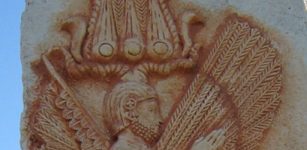 On This Day In History: Cyrus The Great And His Army Took Babylon – On Oct 12, 539 BC
News | Oct 12, 2016
On This Day In History: Cyrus The Great And His Army Took Babylon – On Oct 12, 539 BC
News | Oct 12, 2016 -
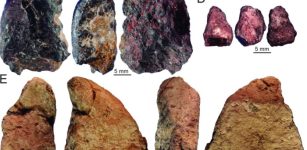 Homo Sapiens In China And What Happened When They Encountered Denisovans Or Neanderthals
Archaeology | Mar 4, 2022
Homo Sapiens In China And What Happened When They Encountered Denisovans Or Neanderthals
Archaeology | Mar 4, 2022 -
 Clues What Tiggered Climate Change 8,000 Years Ago Found In Scotland
News | Sep 15, 2023
Clues What Tiggered Climate Change 8,000 Years Ago Found In Scotland
News | Sep 15, 2023 -
 Baffling Copper Scroll – A Treasure Map Leading To A Secret Lost Temple?
Featured Stories | Mar 17, 2018
Baffling Copper Scroll – A Treasure Map Leading To A Secret Lost Temple?
Featured Stories | Mar 17, 2018 -
 On This Day In History: Joan Of Arc Was Captured By The Burgundians – On May 23, 1430
News | May 23, 2016
On This Day In History: Joan Of Arc Was Captured By The Burgundians – On May 23, 1430
News | May 23, 2016 -
 Children Of Lir And Aoife’s Curse – Celtic Legend That Inspired The Swan Lake Ballet
Featured Stories | Feb 8, 2024
Children Of Lir And Aoife’s Curse – Celtic Legend That Inspired The Swan Lake Ballet
Featured Stories | Feb 8, 2024
